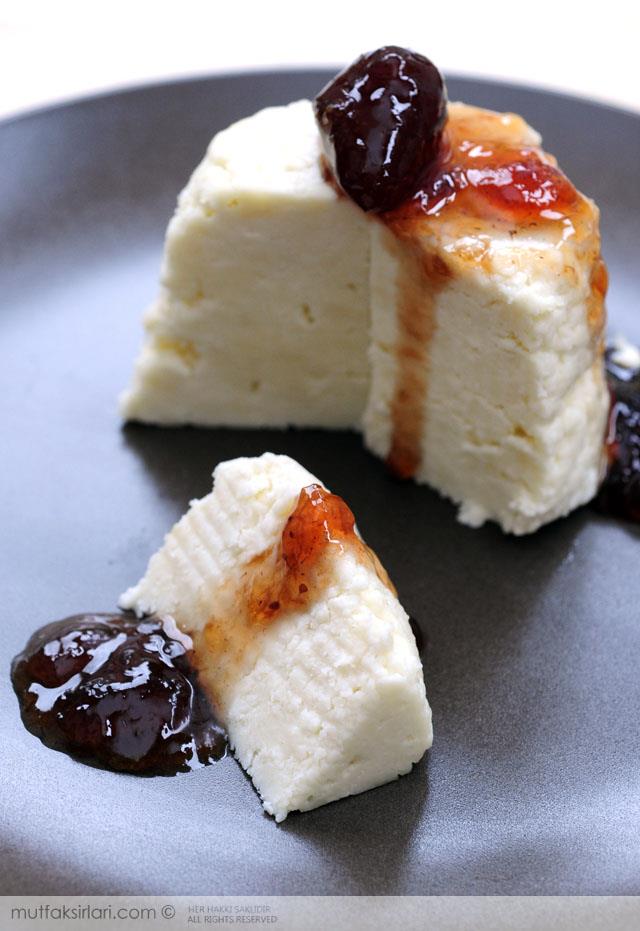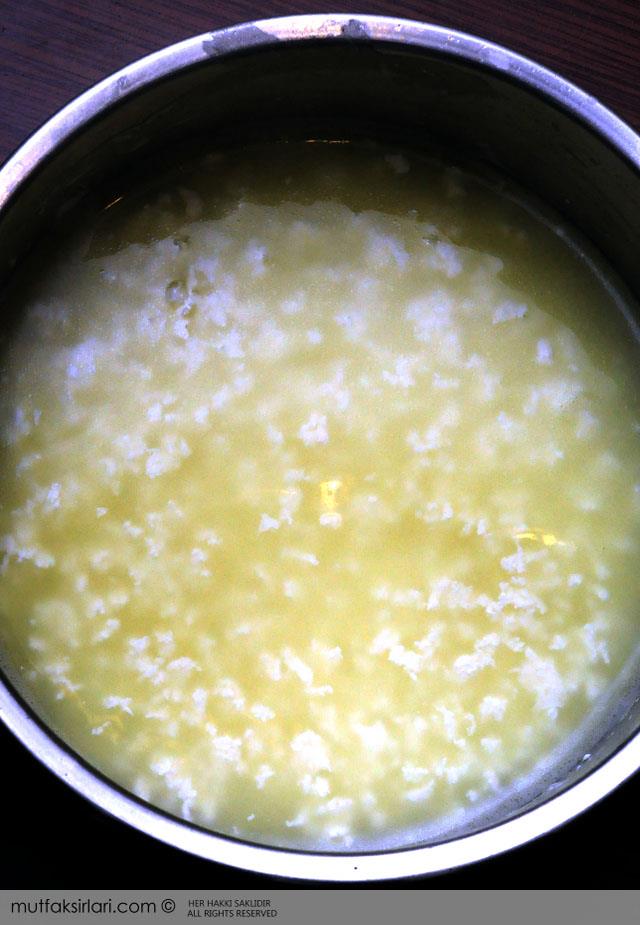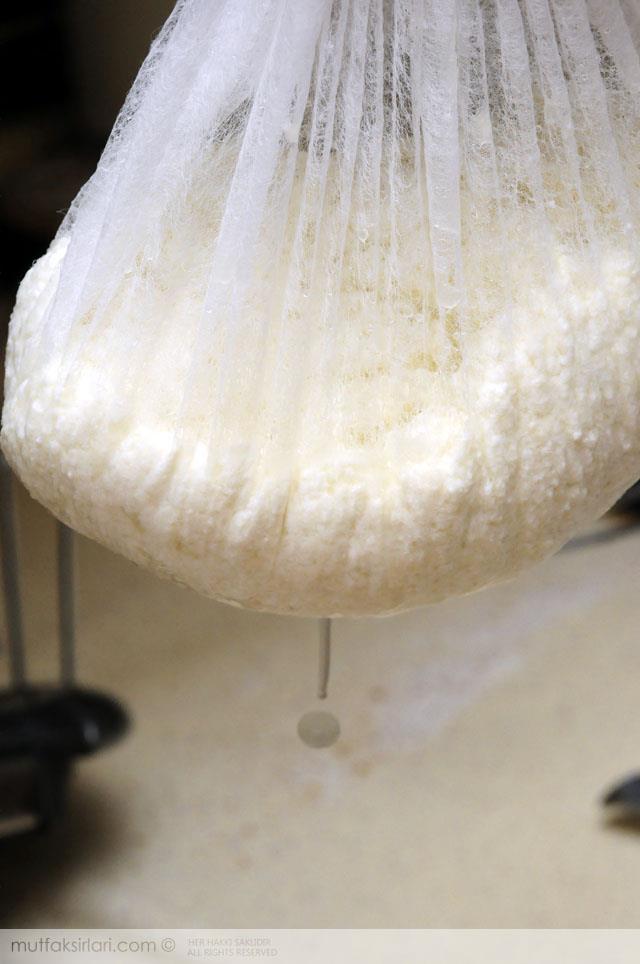Hello Dear Friends,
It's a good Monday for work, isn't it? It's as if autumn took the place of the wonderful spring weather that drove us to insanity at the weekend. Actually, I'm really happy for myself because there is a lot of work to be done.
I don't know if it's from the spring or what is it, but since our primary topic is ricotta, let me start by explaining it from the end.

On the way to the bakery on Friday, I noticed that a small shop had opened in our lower street and I thought I'd go and see what's available. I was blown away when I saw organic products and daily raw milk. If I can reach it, I should also mention that I always prefer raw milk instead of pasteurized milk.

Anyway, I bought 2 of the 1 kg milk. I boiled 1 kilo to make yogurt and 1 kilo to make unleavened cheese.
When I first tried ricotta and admired its taste, I decided to make cheese from the milk I had reserved. The recipe is quite simple, sometimes when we deliberately interfere with the milk that we unintentionally cut, the results are delicious.

Approximately 1-150 g of cheese comes out from 160 kg of milk.
If you say what is ricotta, I would say fresh Italian cheese produced from cut (cow, goat, sheep or a mixture of these milks) milk.

Ricotta is made by adding vinegar and optionally salt to the curdled milk and resting it in a bowl or cloth.
It can be used to make cakes, desserts, tarts, gnocchi and even lasagna, or it can be served alone with walnuts or jam.

Ricotta normally takes the shape of the mold it is placed in, there are classic strainer-like molds used to prepare this cheese, but unfortunately I do not have it. Therefore, after the first straining, I put it in a bowl to take shape. Of course, you can serve it as it first took while you strain it, which will make its appearance smoother.
Love…
Homemade Cheese: Ingredients for Ricotta Recipe
- 1 liter of raw milk
- 6 tablespoons of vinegar
- 1 sweet spice salt
Homemade Cheese: How to Make Ricotta Recipe
- Boil 1 liter of milk for 5 minutes and turn off the stove.
- After resting for 6-7 minutes, add vinegar and salt and mix. The milk will begin to curdle and sink to the bottom.
- Let it cool down a little more for about 10 minutes and strain it on a cheesecloth or disposable bonnet that you put on the strainer.
- Hold the ends of the cheesecloth and twist it and let the cheese get stuck and drain the juice thoroughly.
- Let it drain for 10-15 minutes in the strainer, then serve.
- Store in a glass container in the refrigerator, consume within 2-3 days.
